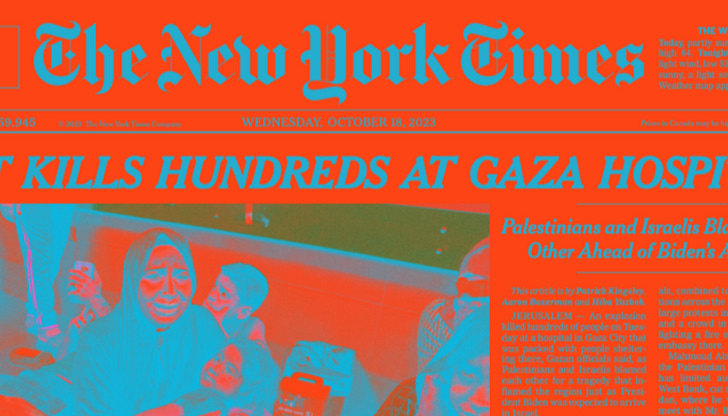The New York Times Needs to Do Something About Its Headlines
Once again, I beg of news organizations: write your headlines, tweets, and push notifications as though they're the only things most people will see — they often are.

Hello, dear readers. Parker here.
Today’s newsletter is about one of the topics I’ve been going on about for years: the sociopolitical effects of newspaper headlines. I promise I’ll try to keep it interesting. Before we get started, here’s where I ask you to please consider subscribing if you’re not yet signed up (and if you’re feeling particularly gener…
Keep reading with a 7-day free trial
Subscribe to The Present Age to keep reading this post and get 7 days of free access to the full post archives.




